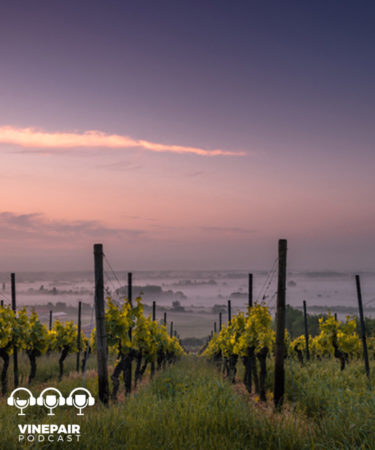Terroir has always been a term that’s been hard for people to understand, even those with sommelier certification. The term translates from French to mean “a sense of place,” but what does that even mean? Is there really such a thing as terroir?
We are told a wine from Chablis tastes chalky because it is grown on chalk and limestone soils in France, and that no other Chardonnay can taste like Chardonnay made from these soils because they are unique to Chablis. This is supposed to be terroir. But when you start digging, you realize a fair number of Chablis vineyards are on all kinds of soils, which may or may not have limestone in them. The more you dig, you also learn that there is no evidence that vines pass on any of the minerals they absorb from the soil to the actual grapes, and that the idea of minerality and this chalky taste is actually based on sulfur compounds that are developed when the wines are made and bottled. Hypothetically, a wine could taste like Chablis and not be made in Chablis at all. So is it all just marketing hype?
While many believe wine is something that can truly taste of a place where it’s made, scientifically, we’ve never been able to prove that terroir exists. So if terroir is bullshit, should we keep throwing around the term? Or should we just get over ourselves and realize that while terroir may not be provable, it adds a romanticism to the world of wine that helps make wine so awesome?
That’s the topic that we discuss on this week’s VinePair podcast. Listen now:
